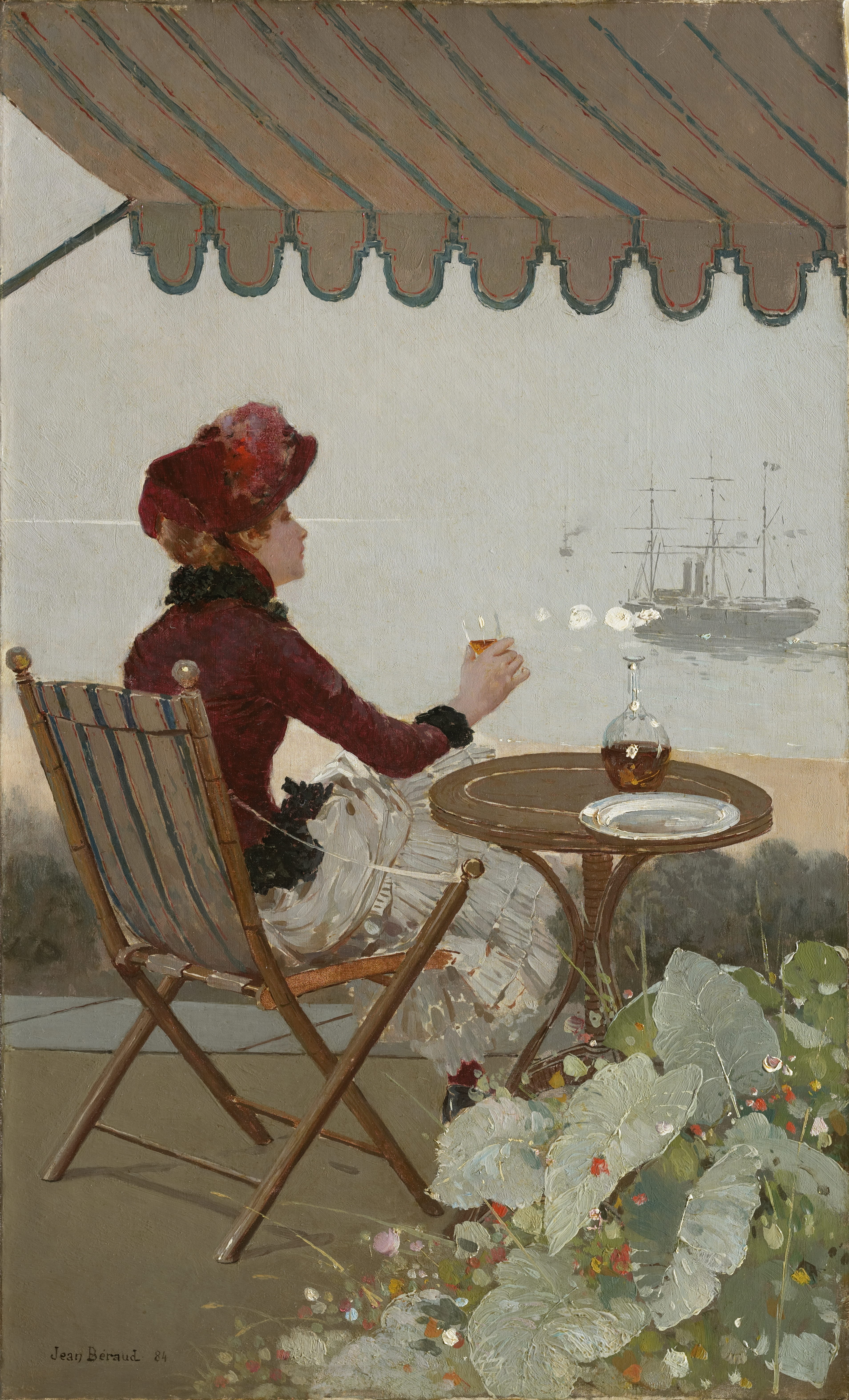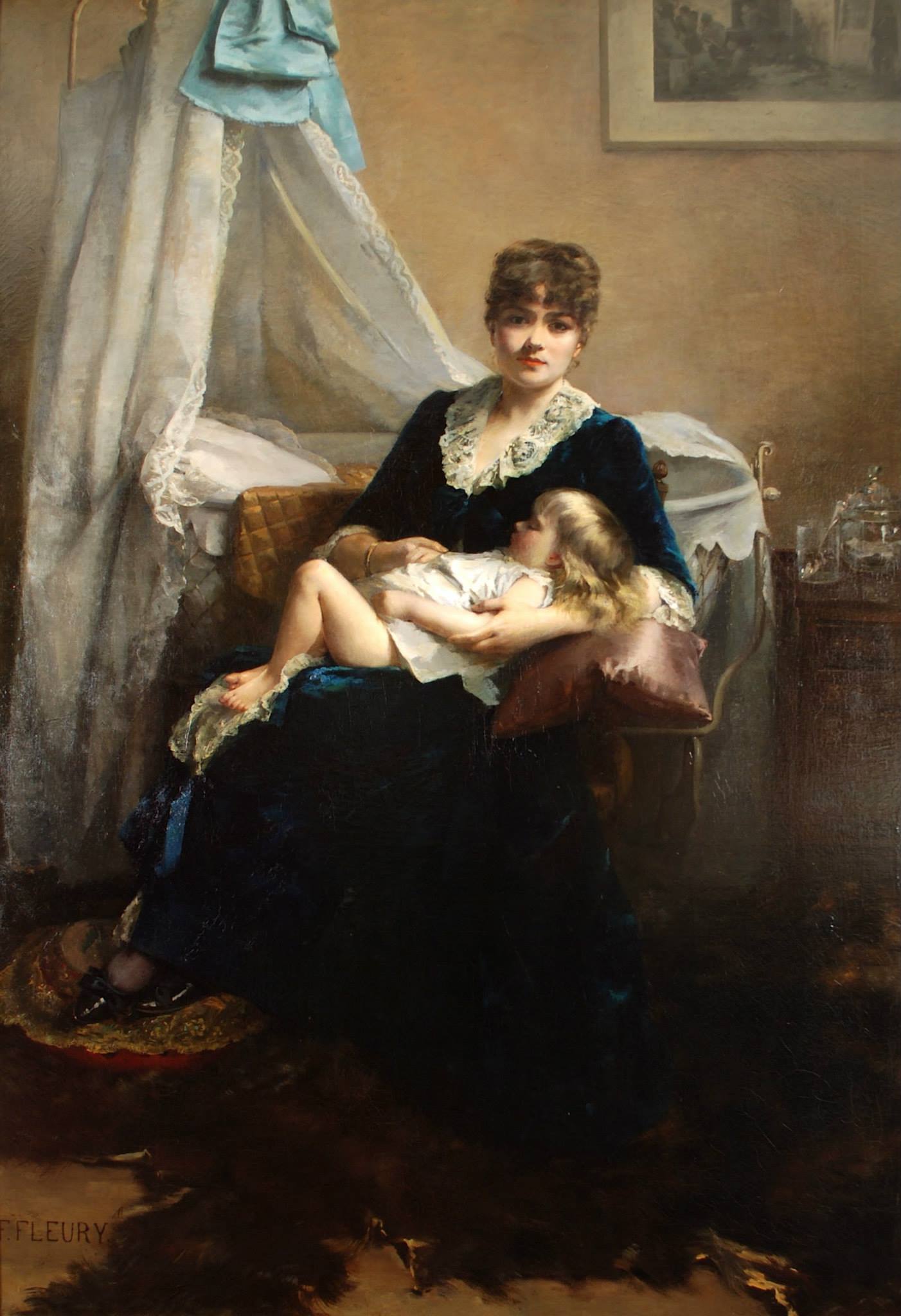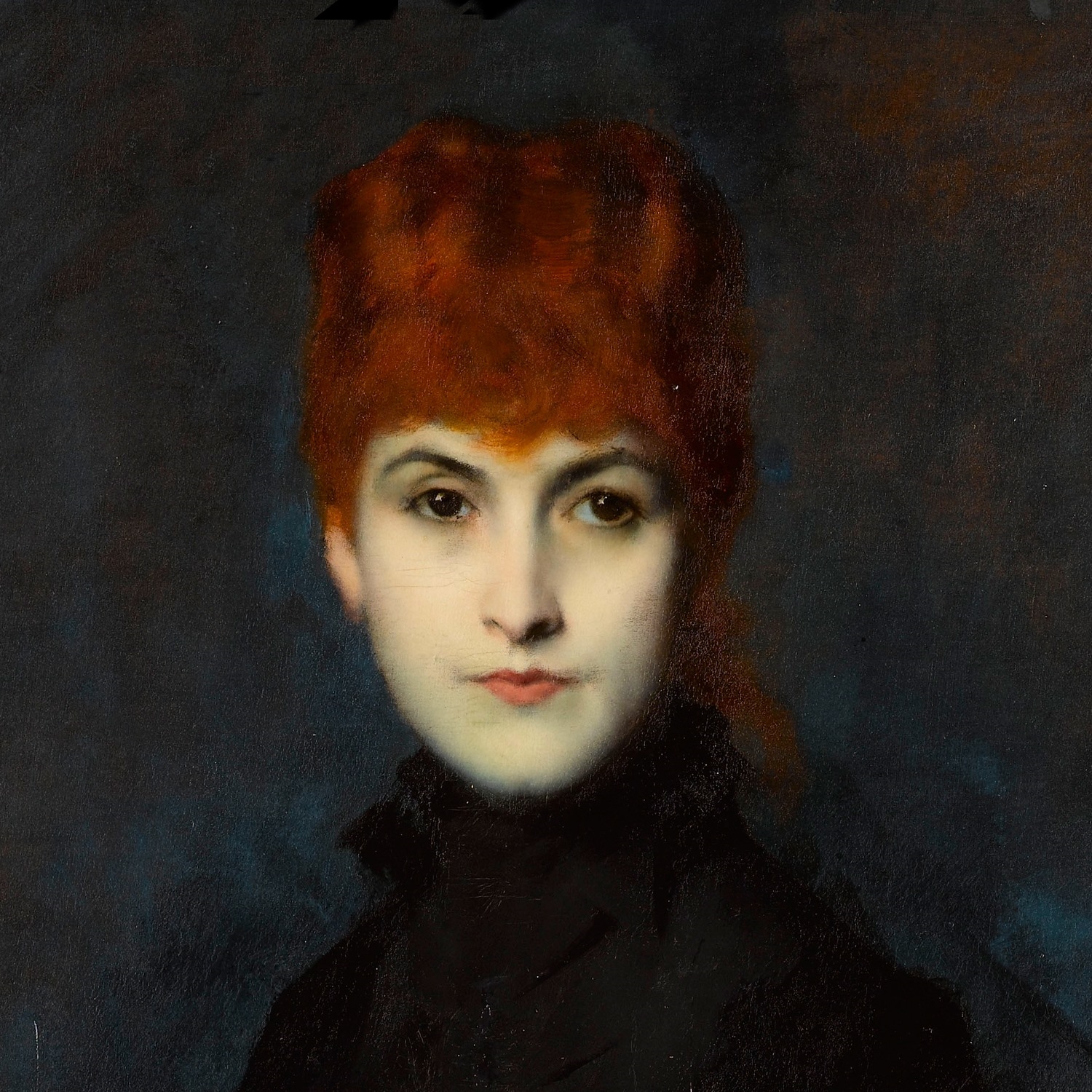La Belle Époque is a period of French and European history, usually considered to begin around 1871-1880 and to end with the outbreak of World War I in 1914.
Occurring during the era of the Third French Republic, it was a period characterised by optimism, regional peace, economic prosperity, colonial expansion, and technological, scientific, and cultural innovations.
In this era of France's cultural and artistic climate (particularly within Paris), the arts markedly flourished, with numerous masterpieces of literature, music, theatre, and visual art gaining extensive recognition.
Jean Béraud | Seaside Café, 1884 | The Clark Art Institute








